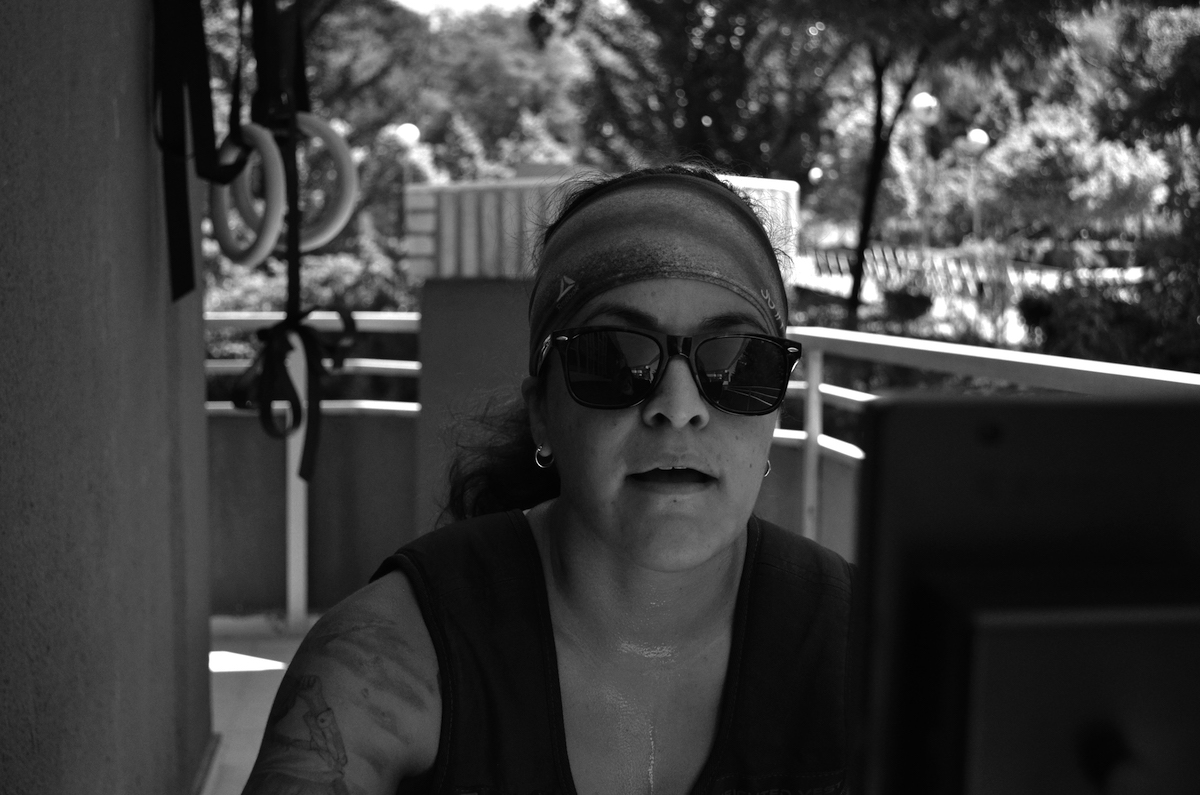How does the presence of others influence performance?
Applying social facilitation to athletic performance
We’ve all experienced the effects of social facilitation to some extent. From having your parents watch your soccer game to having a teacher watch you complete a written exam; the presence of others definitely influences performance. Unsurprisingly, this line of studies can be traced all the way back to the late 19th century.
In this article, I’ll discuss social facilitation in sport settings to try and explain how being observed or joined by others produces changes in our pacing strategy, intensity levels and overall performance.
Why does it happen?
Decades of investigation have failed to find a solution to this question; however, during the process, it has come up with useful explanations that have to do with competitiveness, social modeling or arousal among others (Guerin, 2010). For the purposes of this article, I’ve chosen the most salient variables out of these studies: competitiveness and personality type.
«What one man can do, another can do.» – Charles Morse
The Edge, movie released in 1997
Competitiveness is a psychological trait that is heavily rooted on social interaction since it’s characterized by a desire to outperform a perceived rival in a given task (Smither & Houston, 1992). The notion of competitiveness is as old as time and it’s the first plausible explanation that comes to mind if we’re talking about social facilitation.
The reasoning behind this association is that social facilitation maintains a direct relation with competitiveness; the more competitive you are, the more influenced you are by social facilitation. This relation was studied among elder individuals and it revealed that the more competitive subjects performed even better on a cycling task than those less competitive when faced with a virtual competitor.
In the box, we see it on a daily basis. Although we’re just casually doing the WOD together, for many athletes there’s an implicit competition going on to see who puts the highest score or the fastest time on the whiteboard. But is it pure competitiveness or could personality traits also be playing some kind of role?
[on competitive traits he got from his father] «He loved getting in front of an audience. That got him going». – Mat Fraser
Interview with Nutriforce
In relation to social facilitation, personality is considered to provide one of two orientations: positive self-assured or negative apprehension (Uziel, 2007). A negative orientation (characterized by high neuroticism and low self-esteem) will perceive social presence as threatening, apprehensive or distracting.
An individual with a positive orientation (low neuroticism and high self-esteem) will approach the same situation with self-assurance and enthusiasm (in Stein, 2009) mainly because they expect positive consequences from social situations (social praise after achieving success, drive to pursue ideal self that emerges when observed).
As a result, positively-oriented individuals will experience performance improvement when observed by others while negatively-oriented individuals, on the other hand, will experience performance impairment (Uziel, 2007). Therefore, the junction of competitiveness and a negative or positive orientation towards social presence, will determine the direction and the intensity of social facilitation effect.
To know yourself is to own yourself
In summary, one can integrate all theories of social facilitation and consider its effects as a result of the combined action of increased alertness for survival purposes, learned drive mechanisms, self-awareness of one’s abilities, competitiveness or personality traits (Uziel, 2007). The reason I highlight competitiveness and personality is because it’s more easily identified.
There is no universal recipe for proper management of social presence. While other athletes thrive on observing other competitors for pacing purposes or feeding off the energy of the audience, others will perform better by staying in their lane and paying little to no mind to situational circumstances.
Although much of this knowledge will come from accumulated experience in competitive settings, a lot of it will also stem from introspection. Know yourself as a person and as an athlete to work with social facilitation in a way that suits you best.
- Guerin, B. (2010). Social facilitation. The Corsini encyclopedia of psychology, 1-2. - Smither, R. D., & Houston, J. M. (1992). The nature of competitiveness: The development and validation of the competitiveness index. Educational and Psychological Measurement, 52(2), 407-418. - Snyder, A. L., Anderson-Hanley, C., & Arciero, P. J. (2012). Virtual and live social facilitation while exergaming: competitiveness moderates exercise intensity. Journal of Sport and Exercise Psychology, 34(2), 252-259. - Stein, L. M. (2009). Individual differences in social facilitation (Doctoral dissertation, Rutgers University-Graduate School-New Brunswick). - Uziel, L. (2007). Individual differences in the social facilitation effect: A review and meta-analysis. Journal of Research in Personality, 41(3), 579-601.

